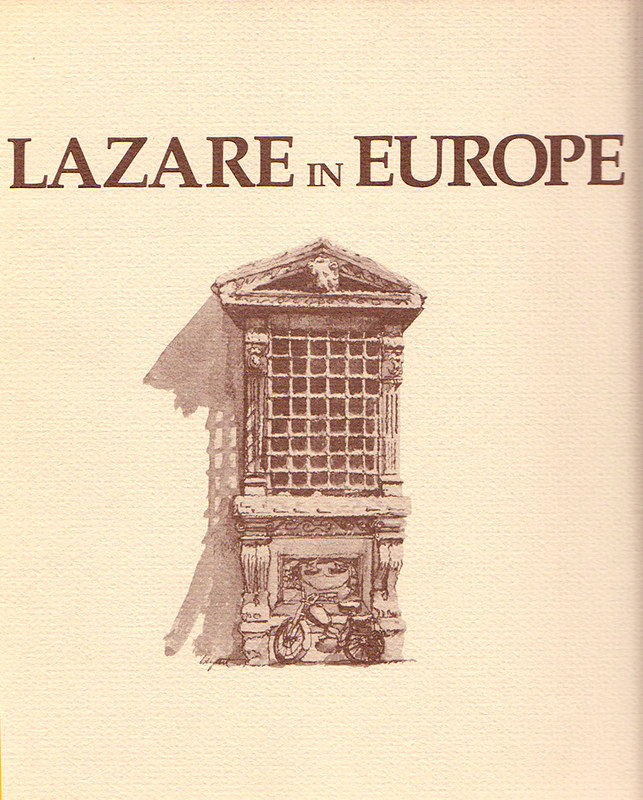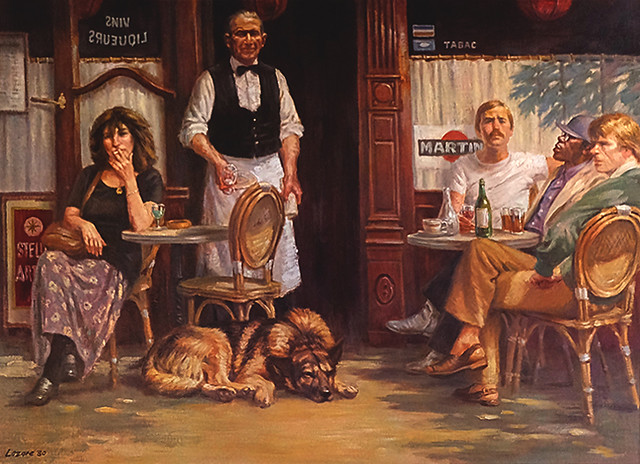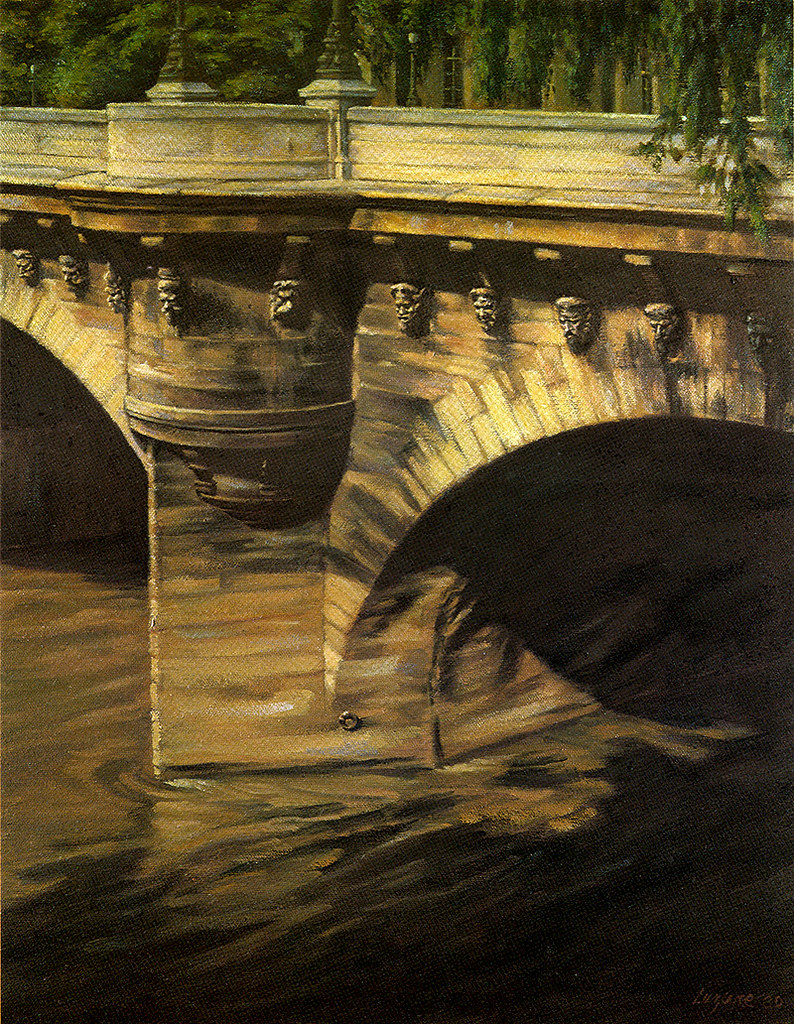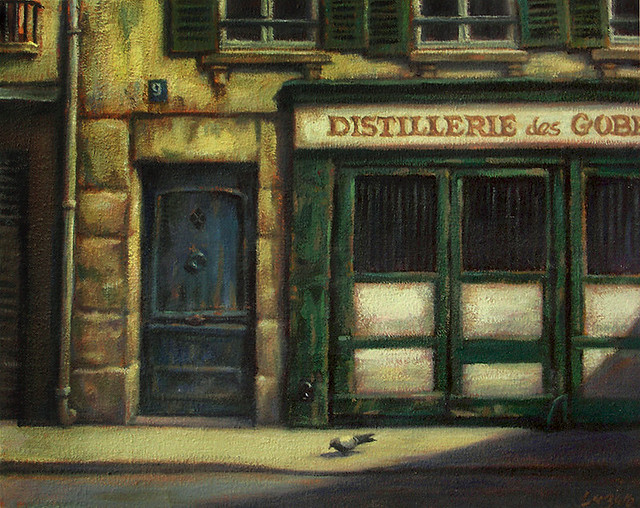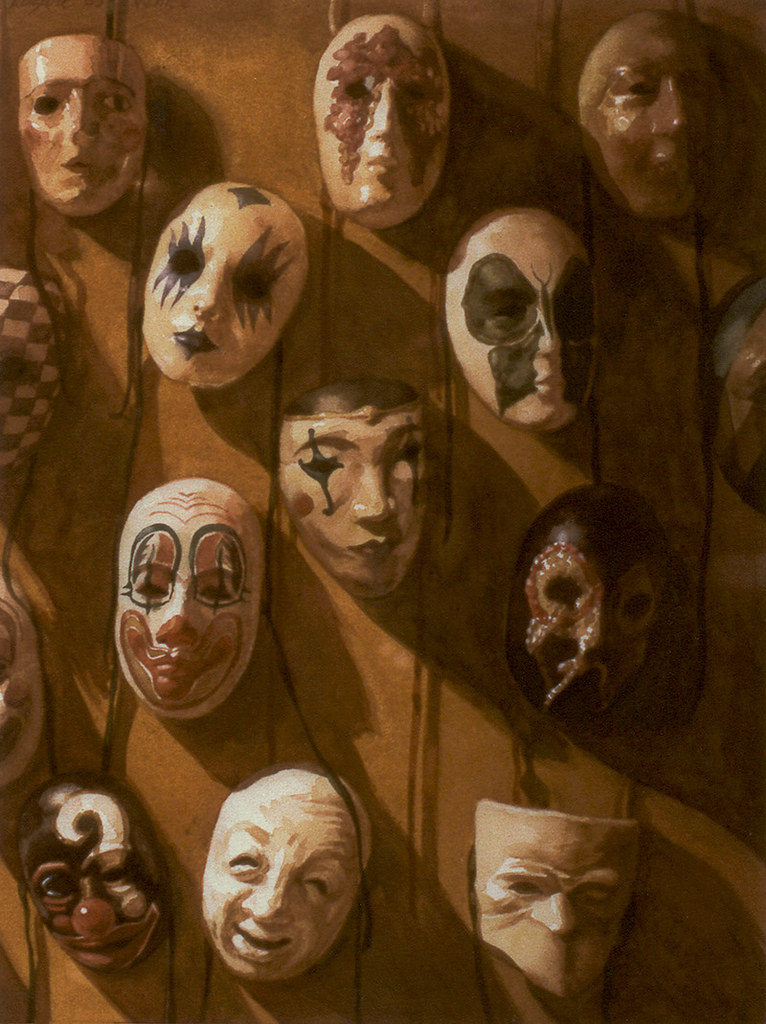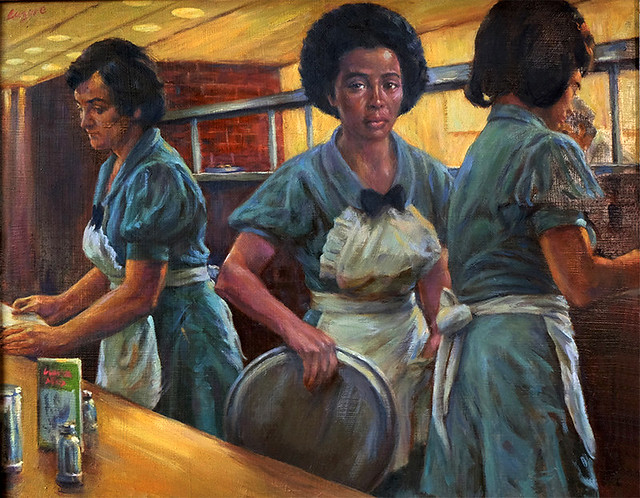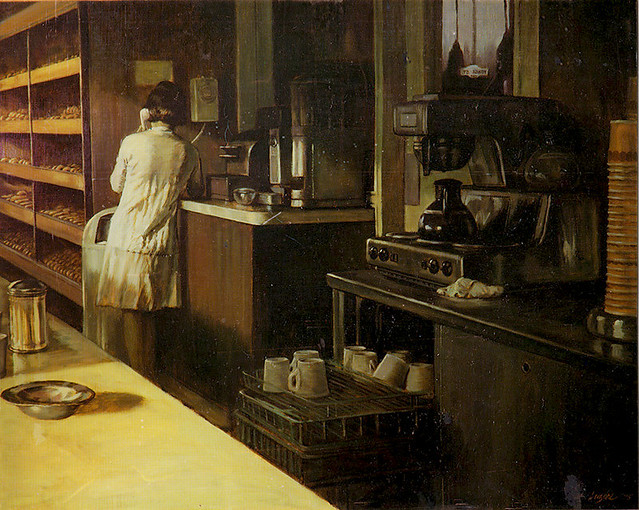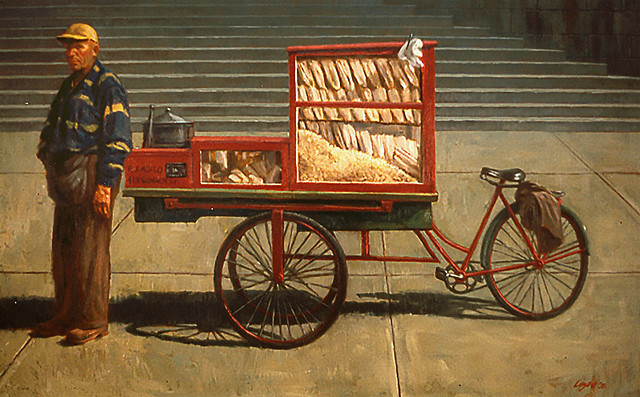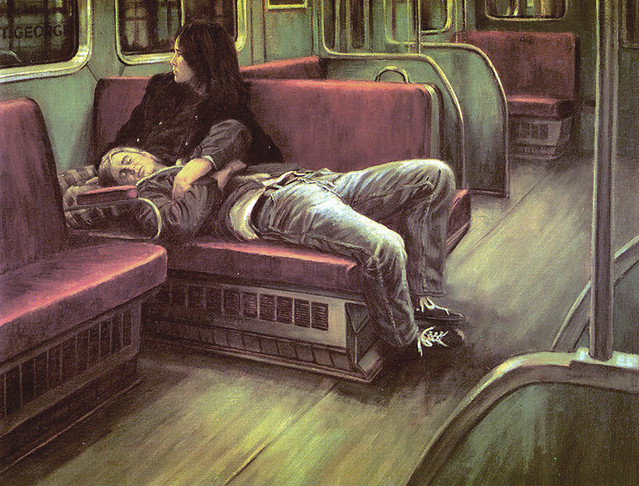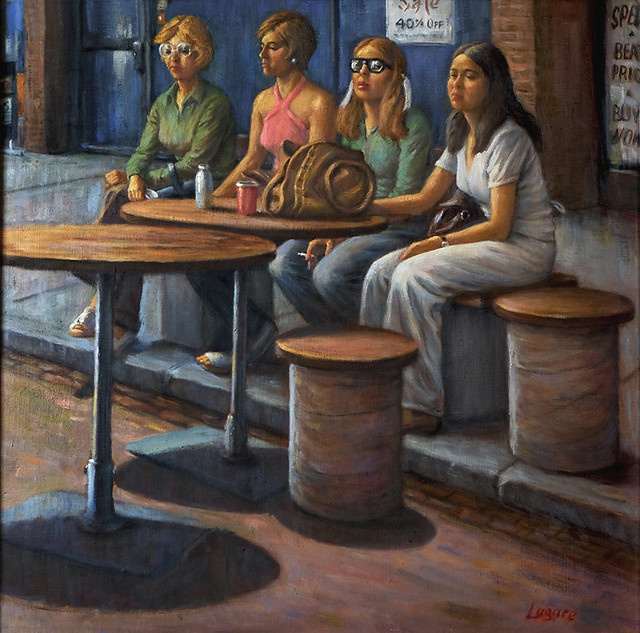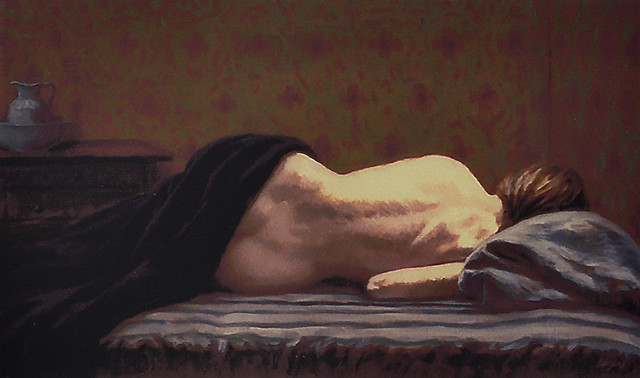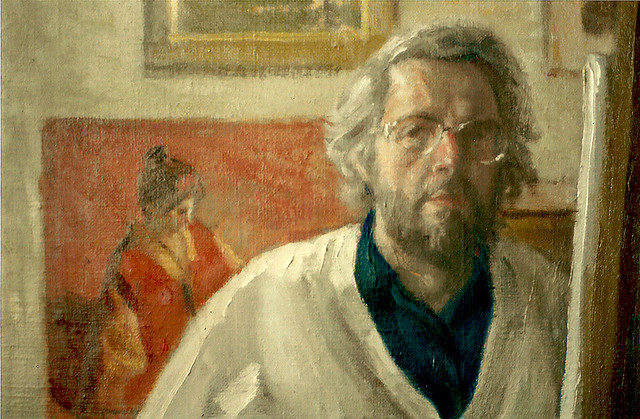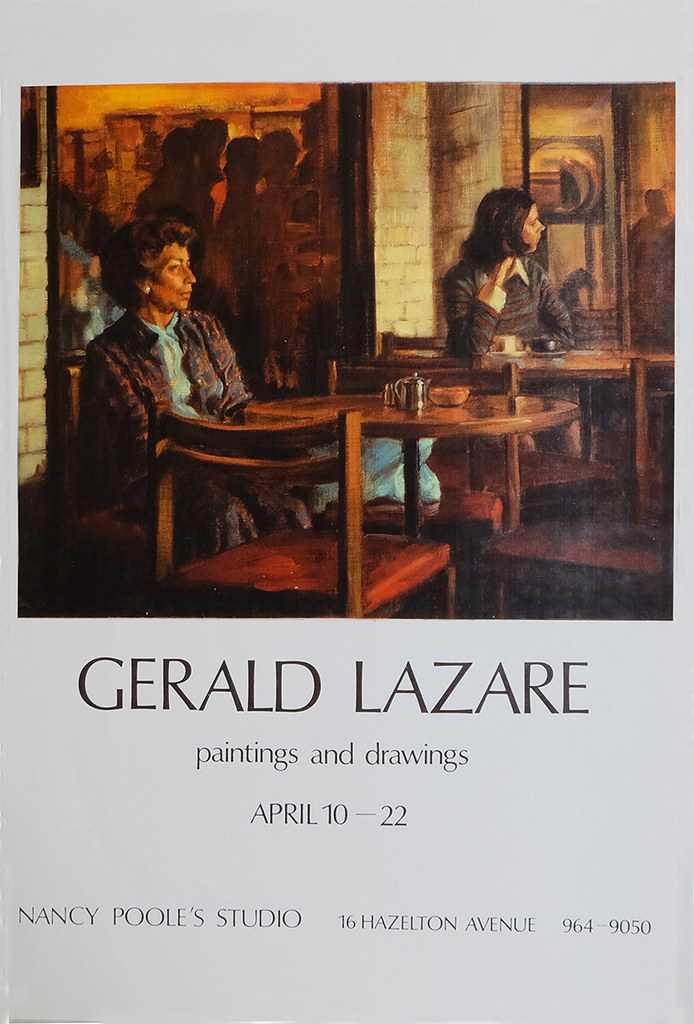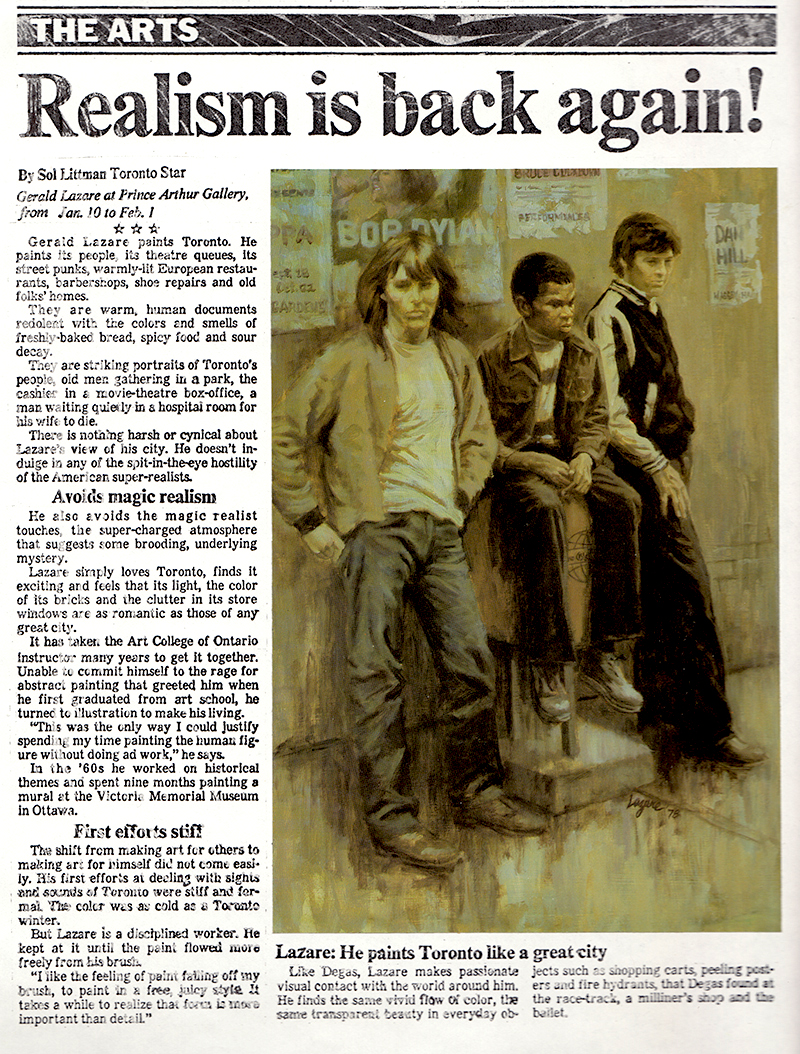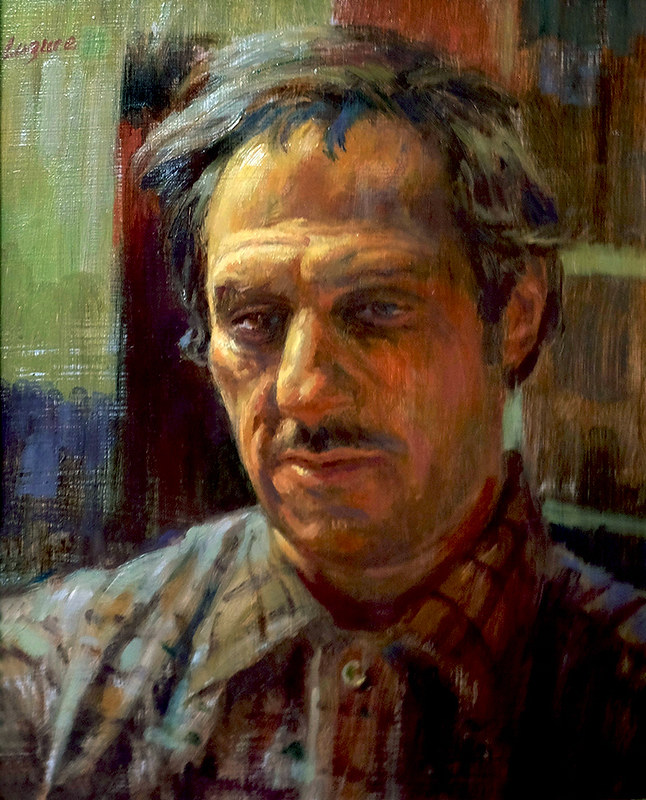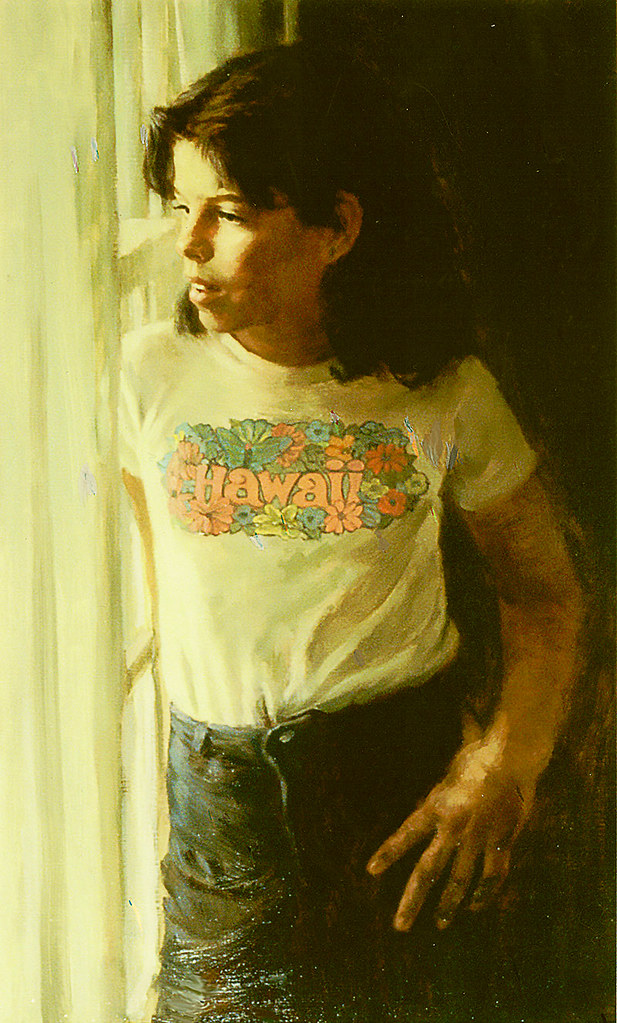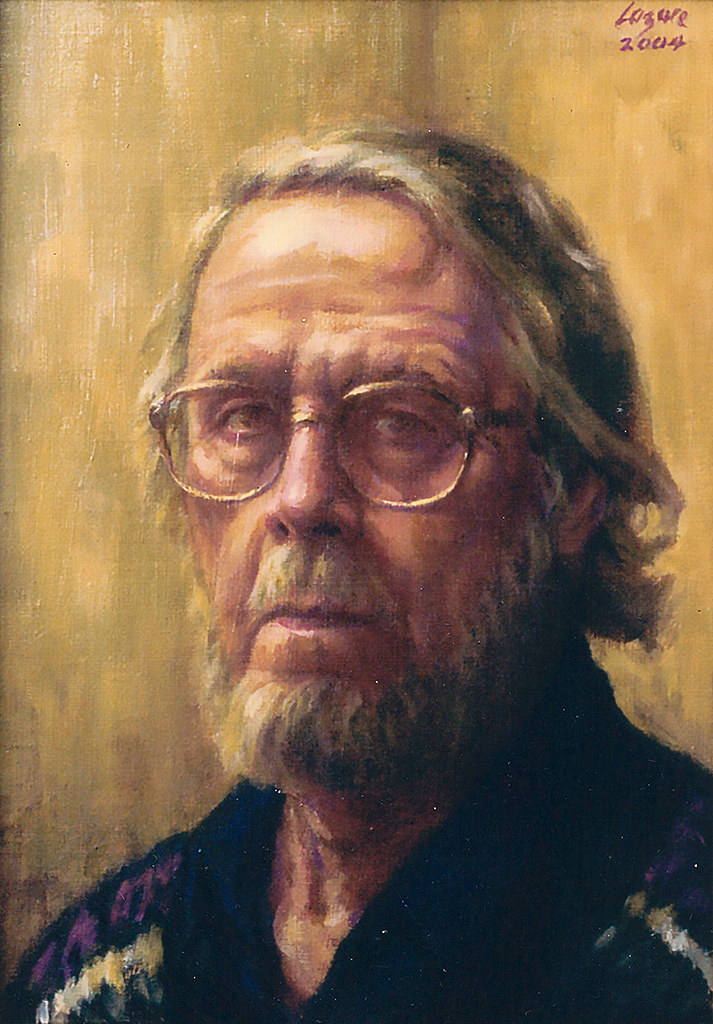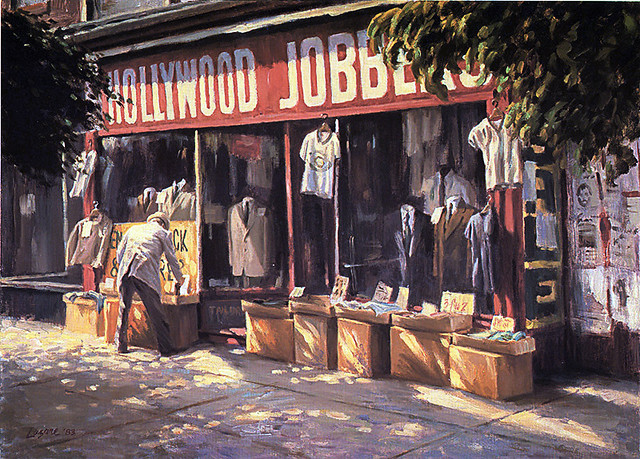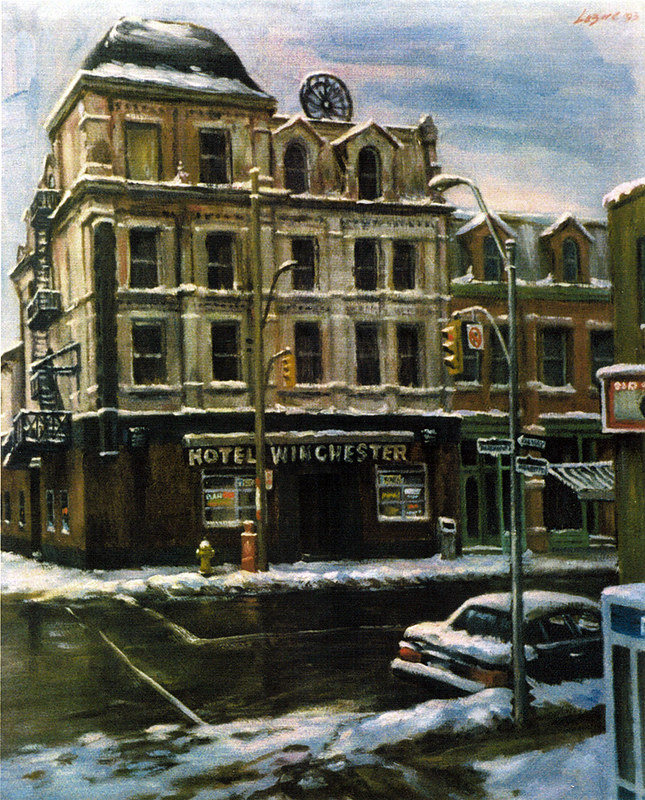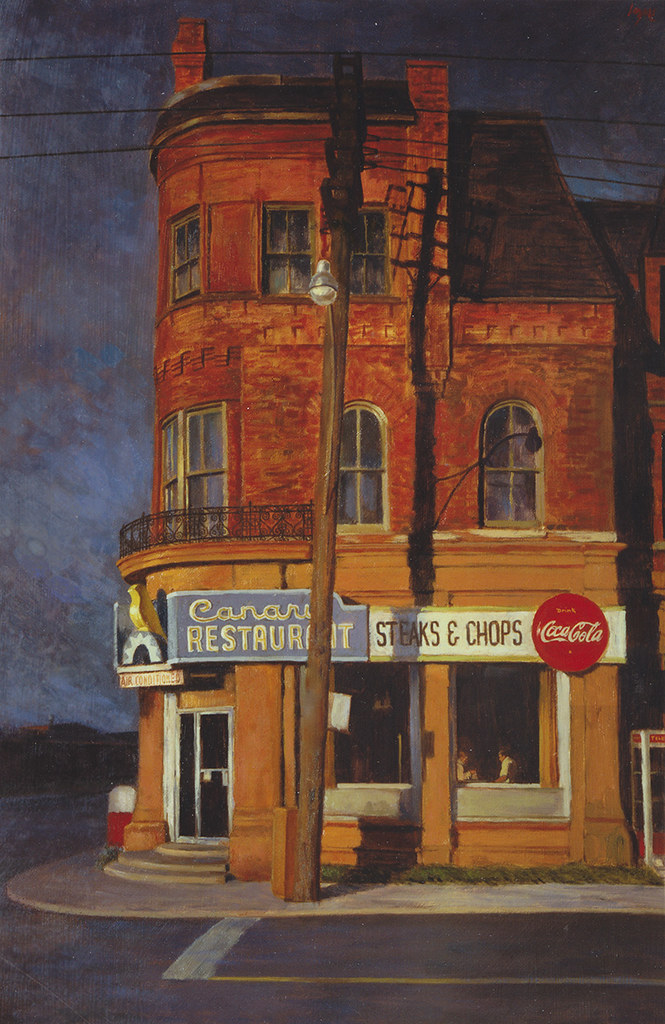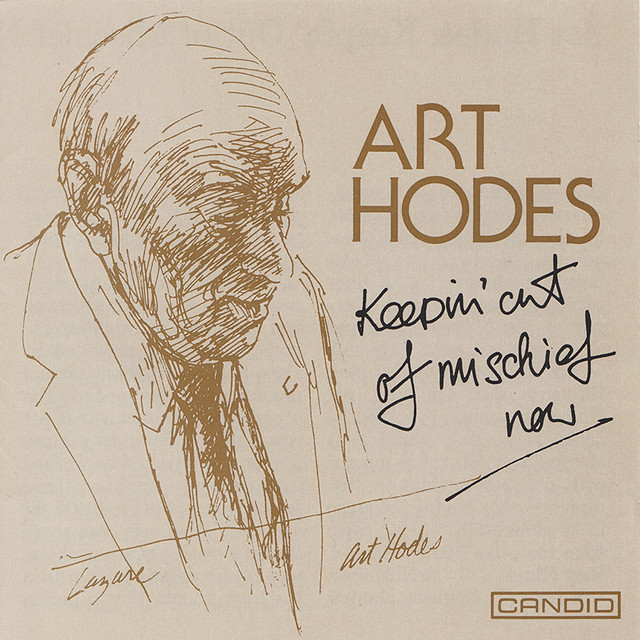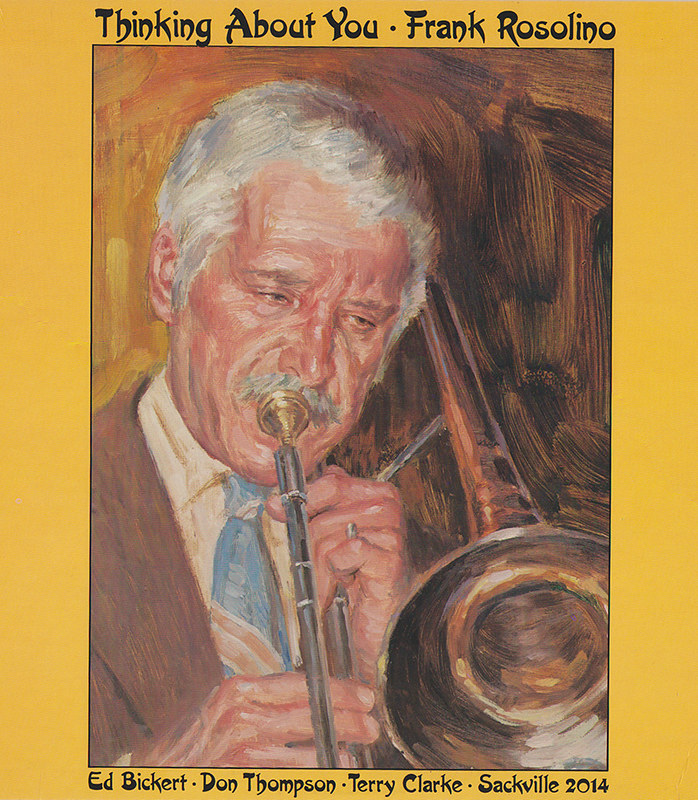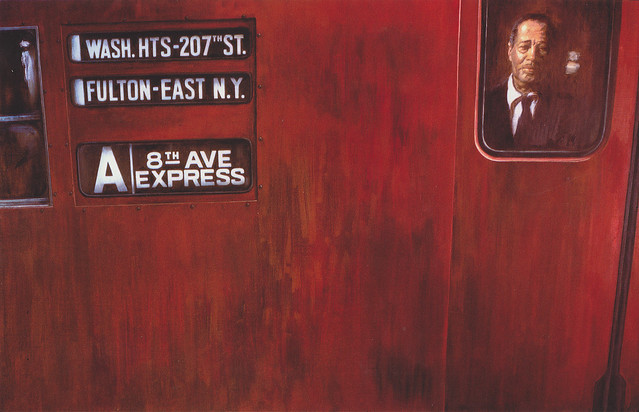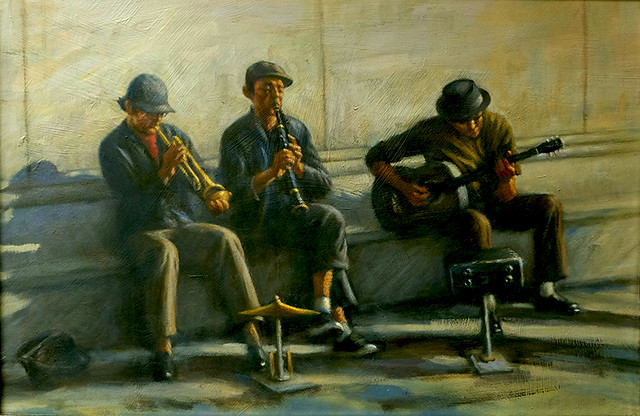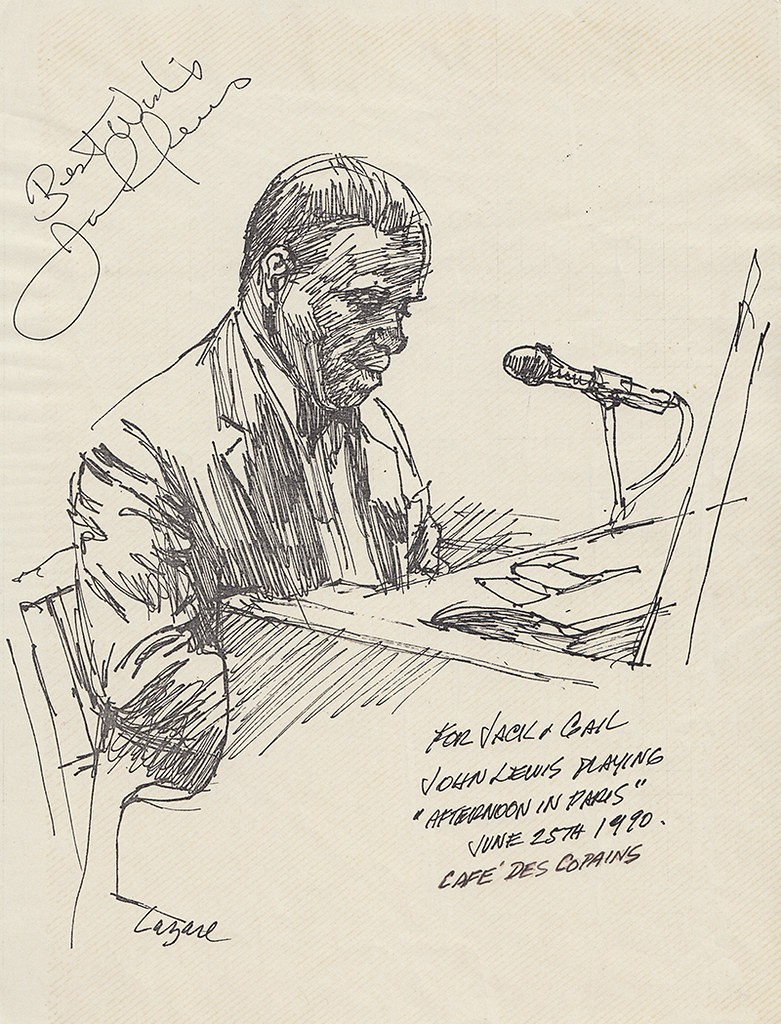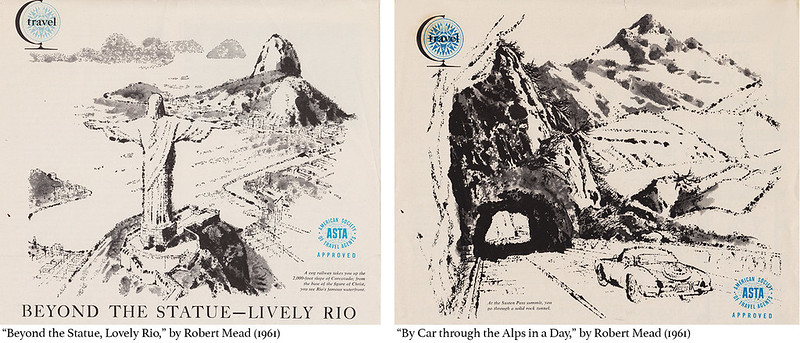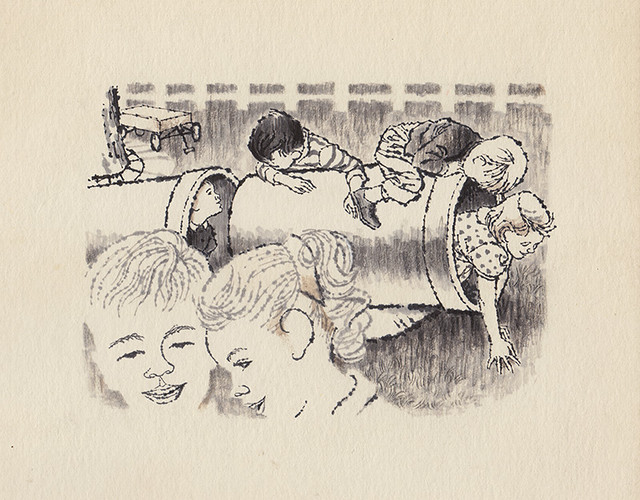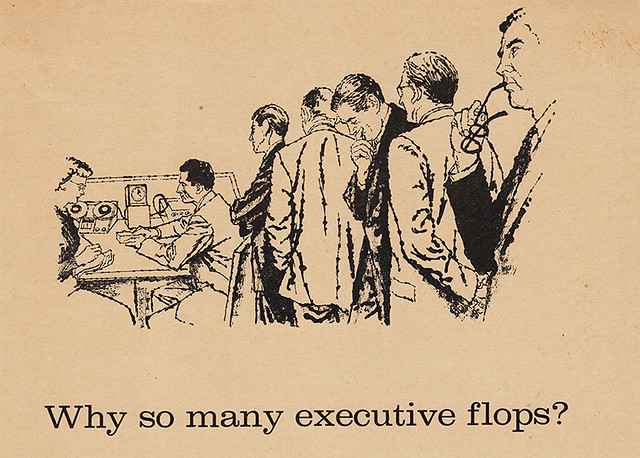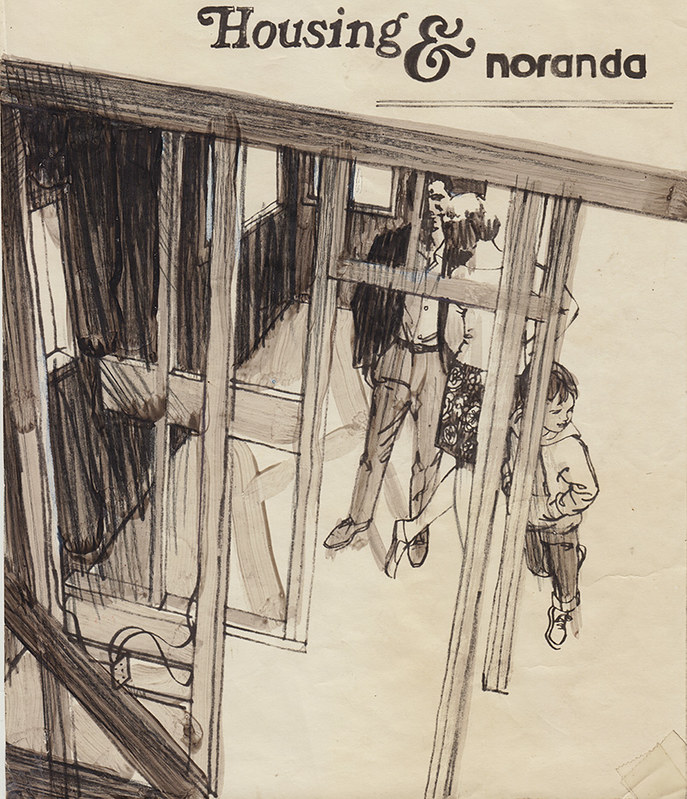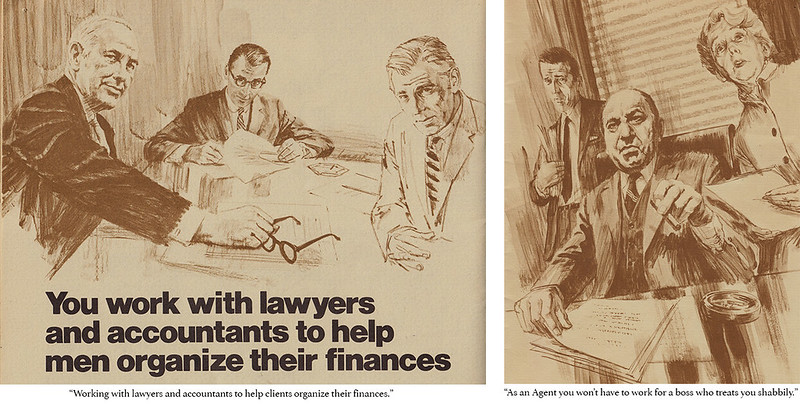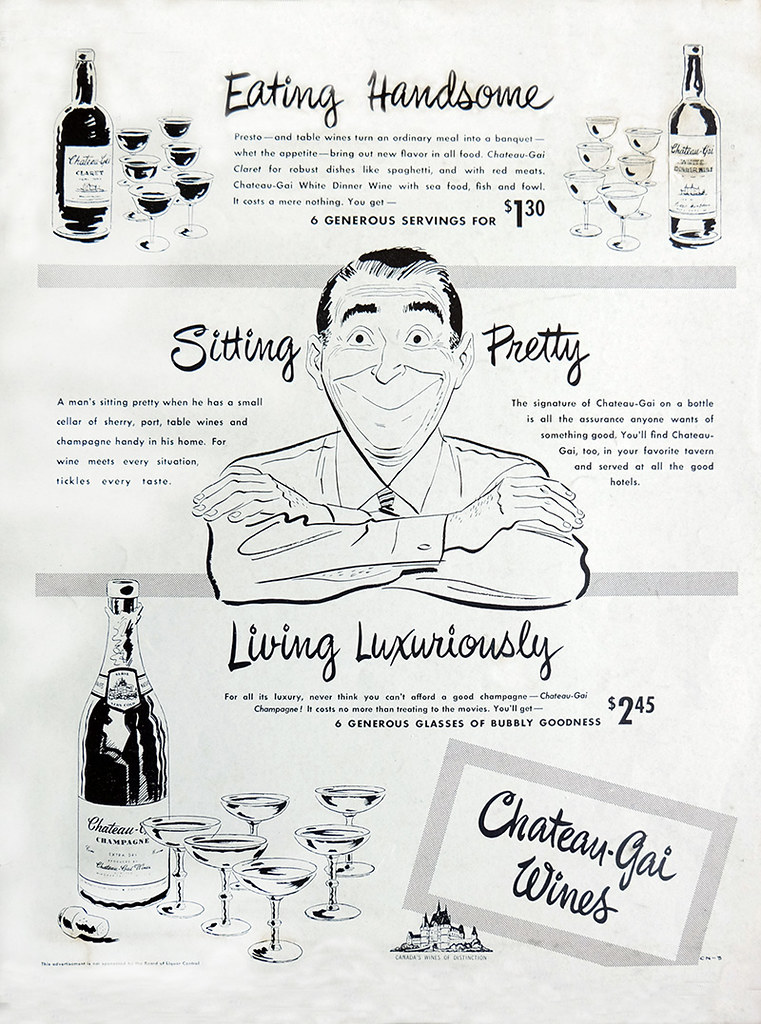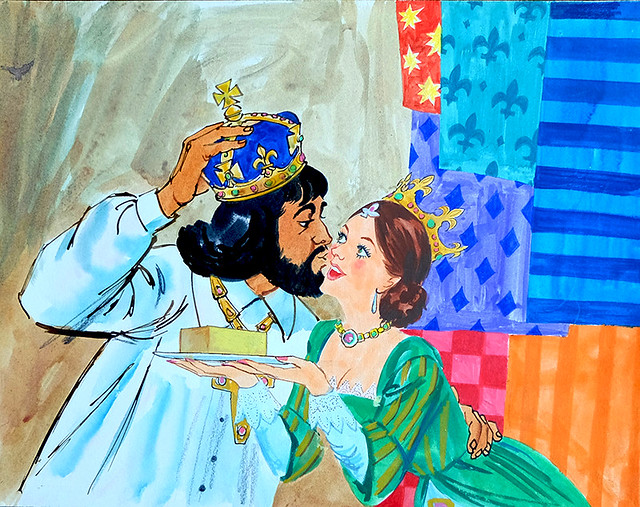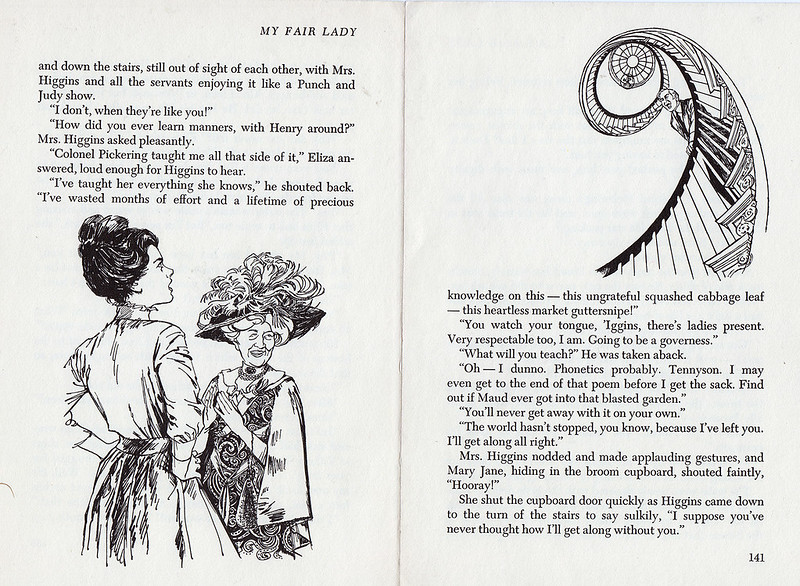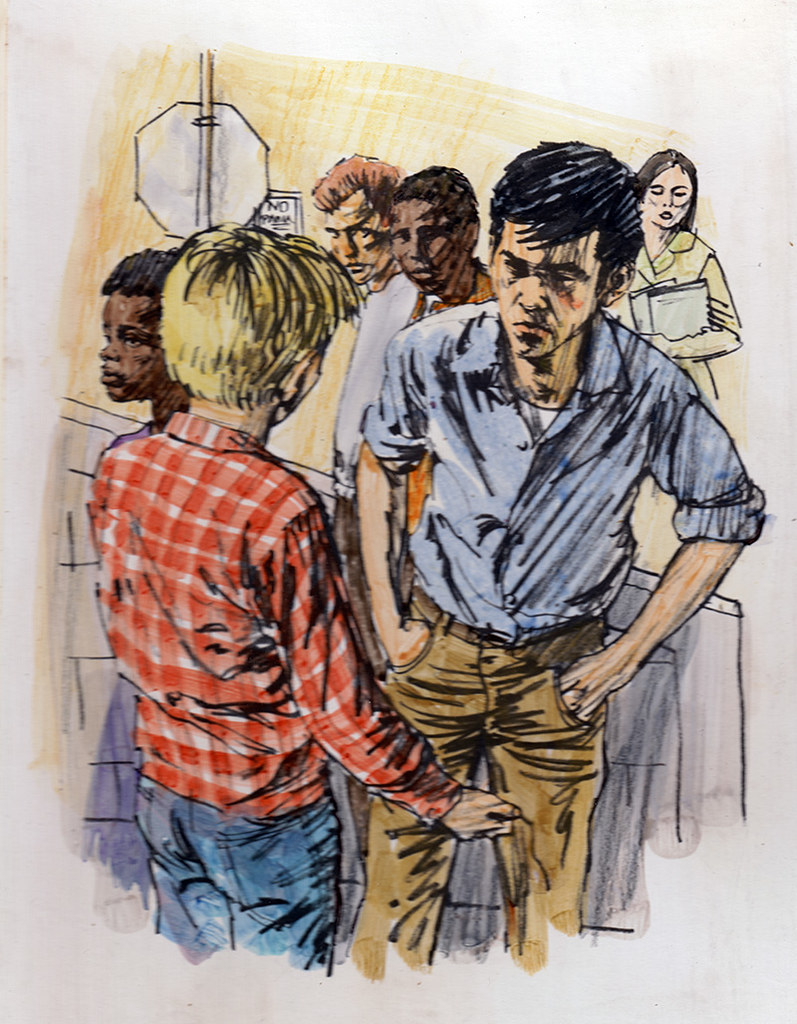When Gerry Lazare recently shared his recollections of being an illustrator in Canada during the mid-20th century, he dedicated his entry to Tom Bjarnason. Just the other day, while working on the text of the "Art of Will Davies" book, I came across a brochure from the 1970s featuring the work of several prominent Toronto illustrators - including Tom Bjarnason. Suddenly I realized how remiss I've been to have never yet featured Tom's work on Today's Inspiration. Tom was a fabulous, creative artist - and a helluva nice guy. I feel so fortunate to have known him. So here goes...
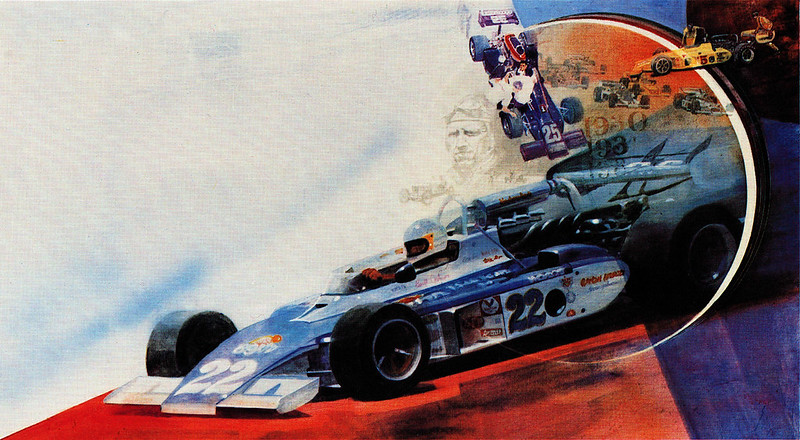
Tom Bjarnason was born in Winnipeg, Manitoba. His mother was an artist and he had seven siblings, of which he was the youngest. Tom attended the Winnipeg School of Art and later, In Detroit, Michigan, the Meinzingers Art School, where he studied for three years. His first job was at a Windsor, Ontario art studio called Greenhow & Webster, but by the mid-'50s he was in Toronto at TDF, one of Canada's premier art studios, creating advertising and editorial art alongside his friend, Will Davies.
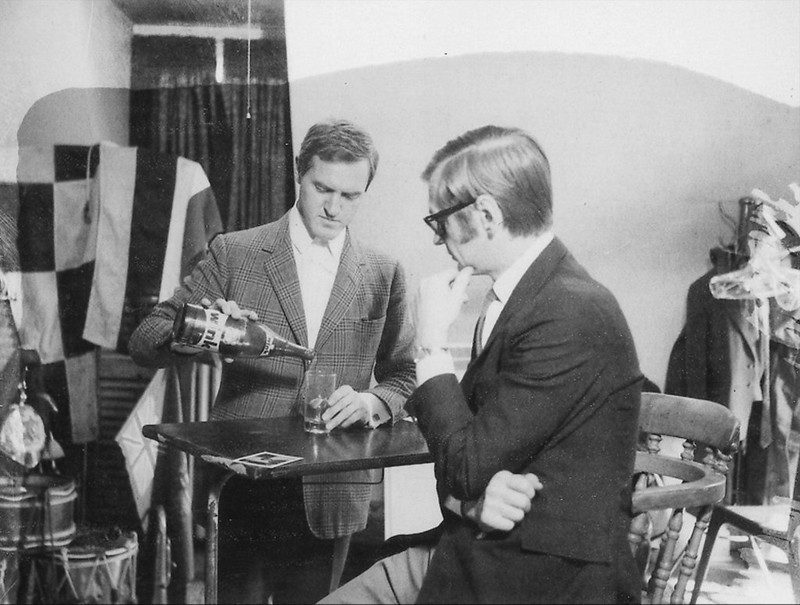
(Will & Tom modelling for reference photos for an illustration assignment, 1963)
In the '60s Tom moved to London, England and produced art for publications in the UK, Scandinavia and Germany. "I arrived in London, wanted to stay - but ran out of money," Tom recalled. "So I looked around to see if I could get work. An art director at Good Housekeeping suggested I get a good agent and gave me the name of one. The agent promised to show my work around and it wasn't long before he called and said, "I've got a story to illustrate. Want to do it?"

(A 1965 illustration for the British magazine, "Woman" from the Flickr collection of totallymystified)
Returning to Toronto in 1970, Tom began creating stamp designs, both for Canada Post and Unicover Corp. in Wyoming. "I meant for it to be temporary... but I ended up staying." (And he was still here when I first met him at 63 A Yorkville Ave. in Toronto in the late 1990s).
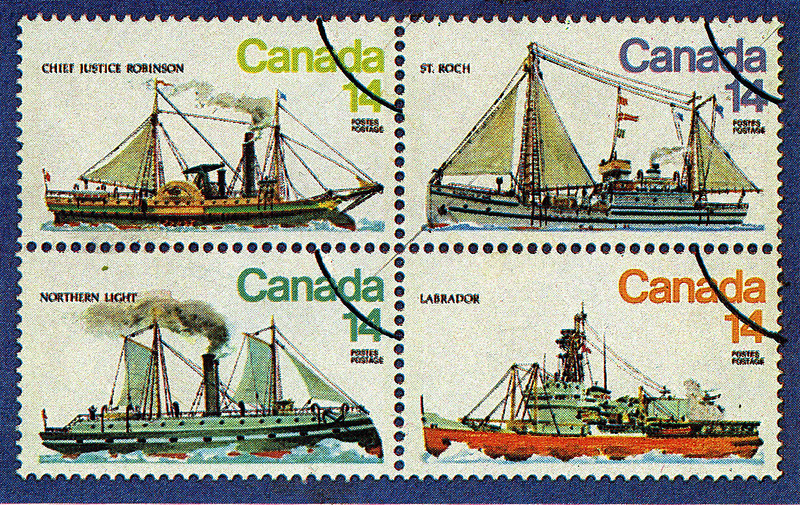
(Four of a series of Canadian stamps Tom designed in 1978)
Along with assignments for magazines like Canadian and Weekend...
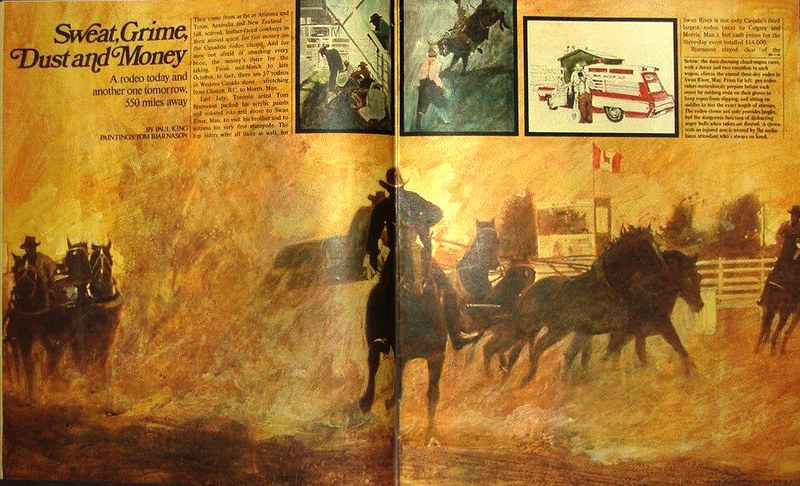
... Tom created artwork for corporate clients such as Canadian Pacific, Royal Trust, Toyota, DeHavilland Aircraft and many others.

(Above & below: Department of National Defence, Canada, early 1980s)

Tom talked about his influences, saying he certainly had some when he was younger, and how art directors would mention big name US illustrators when handing out assignments. "If you wanted to make a living you had to reproduce that style," he said. But, "when you come right down to it, you do what you do best and hope to hell you make a living at it, because you'll never get to the top if you're too busy looking over your shoulder at someone else."
By the time I became aware of his work in the late 1980s, Tom was well into a period of creating beautiful, huge, semi-abstract works - sometimes for clients but often just for his own pleasure.

"I'm always interested in composition," said Tom, "and I think that's what I like most about my work. I do a lot of it by instinct. I take a very personal approach to composition."
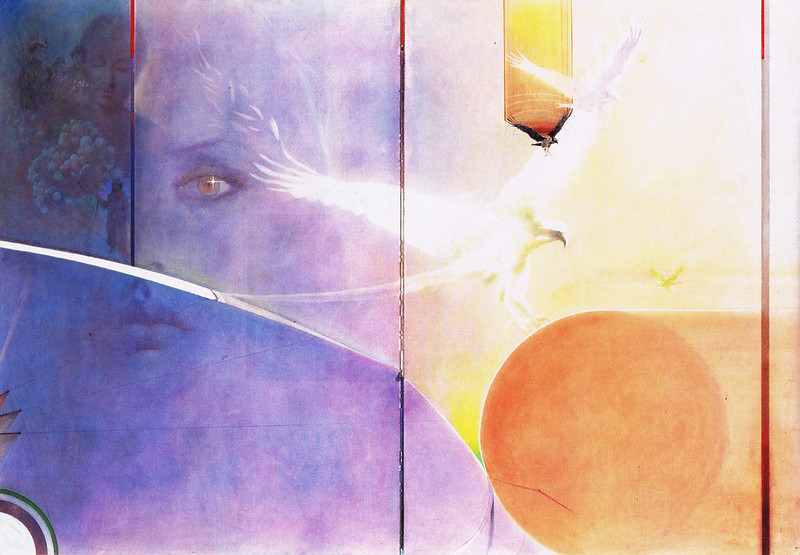
When I met Tom, he had mostly retired from what could be called "illustration." He still painted representational work, mostly aviation art, some of which would be printed in Canadian Legion magazine, but mostly for gallery display or private collections. Nine of Tom's paintings are in the collection of the Canadian War Museum in Ottawa.
He had moved on to building three-dimensional abstract installation pieces, and whenever he visited, if someone was throwing out, say, a broken fax machine, he'd take it. You knew it was going to be dismantled and some part of the guts would likely become an element in one of Tom's sculptures.
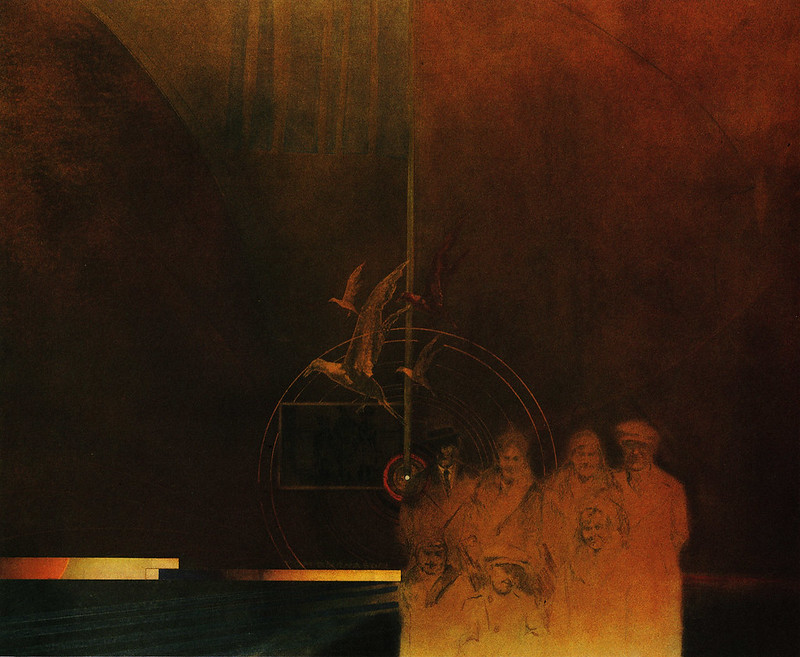
Tom was a soft spoken, thoughtful person with a gentle sense of humour. When he spoke with you, you got the sense that he was genuinely interested in hearing what you had to say on whatever subject was being discussed. He used to say, "I don't really know where I'm headed. I just want to continue doing what I'm doing. It's the doing that's the fun.I never worry about getting awards, I just like doing what I like to do and if somebody else likes it, well, that's even better."
Tom Bjarnason passed away in August 2009. He was 84 years old.
